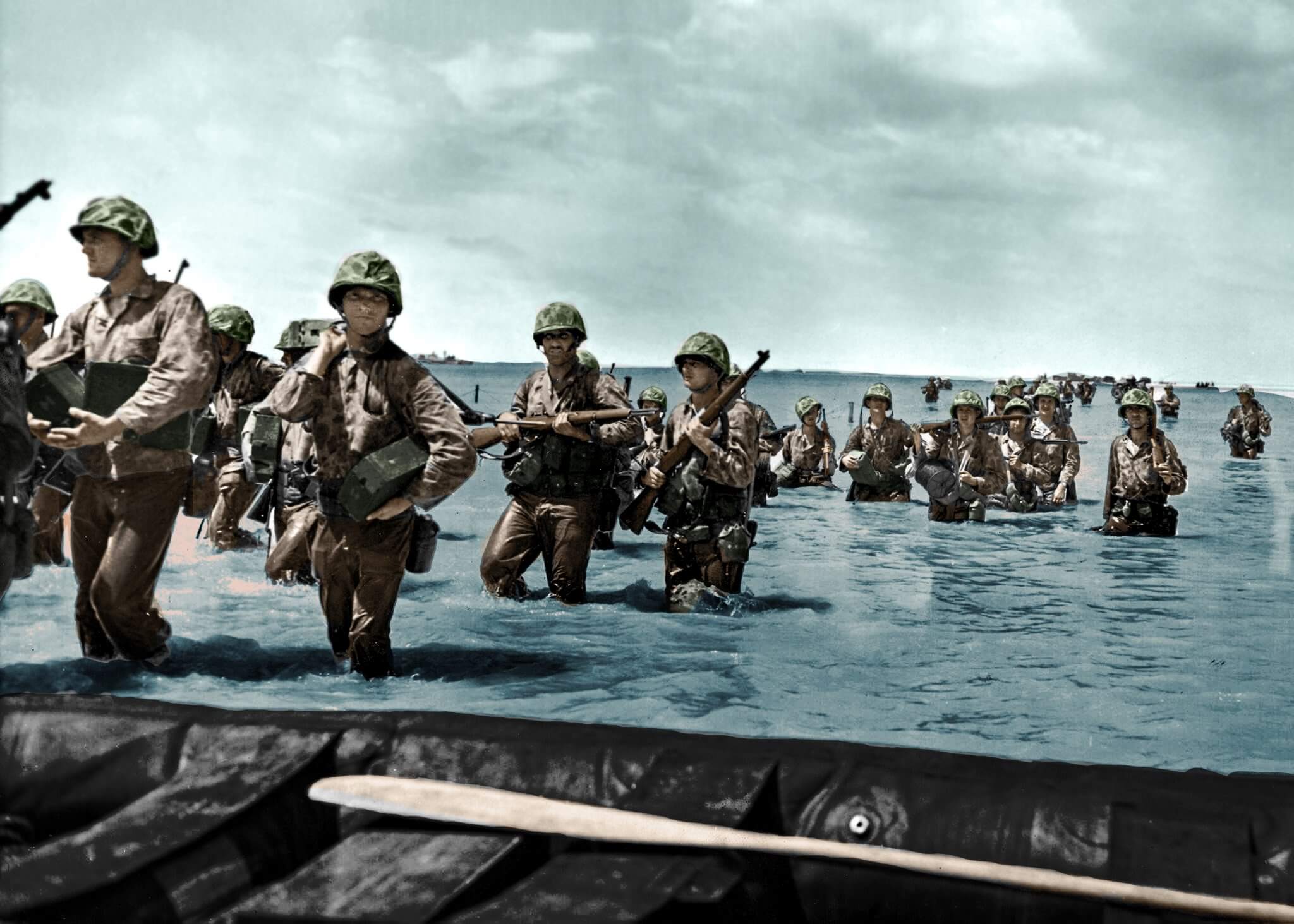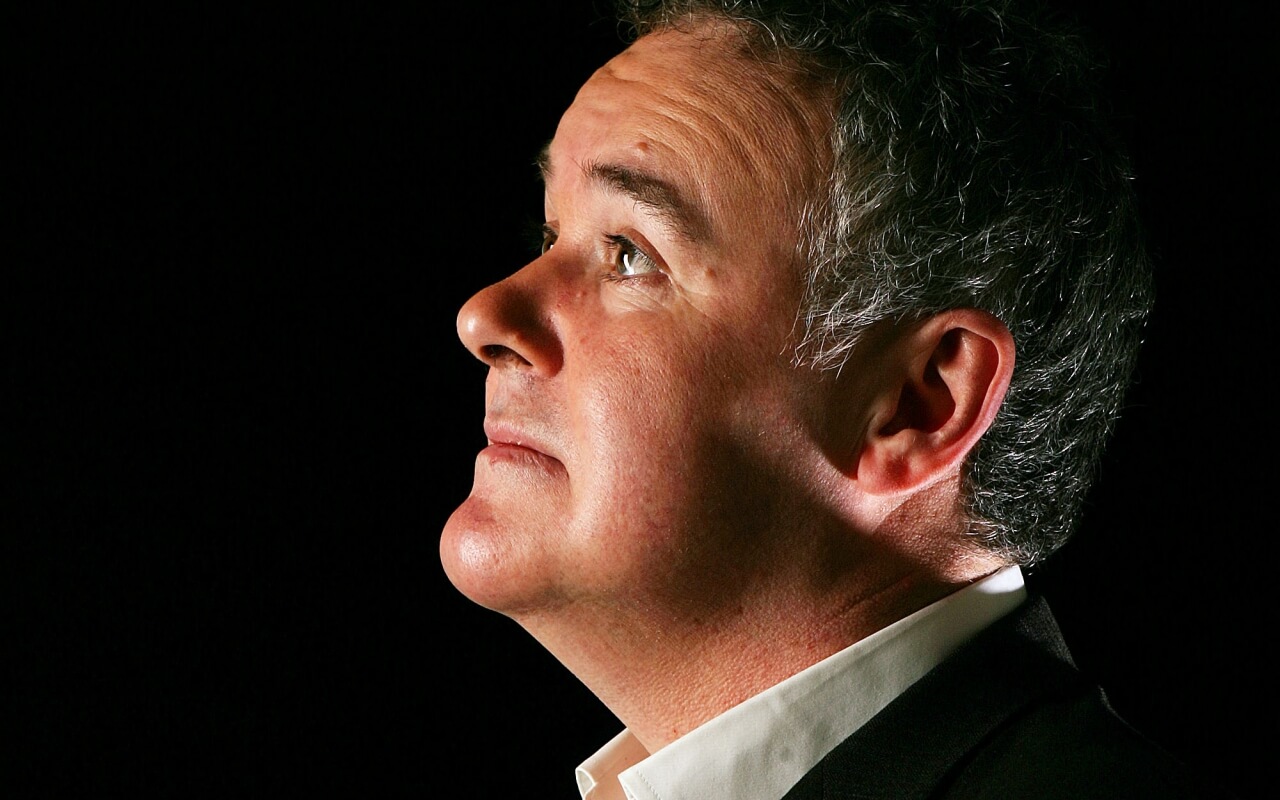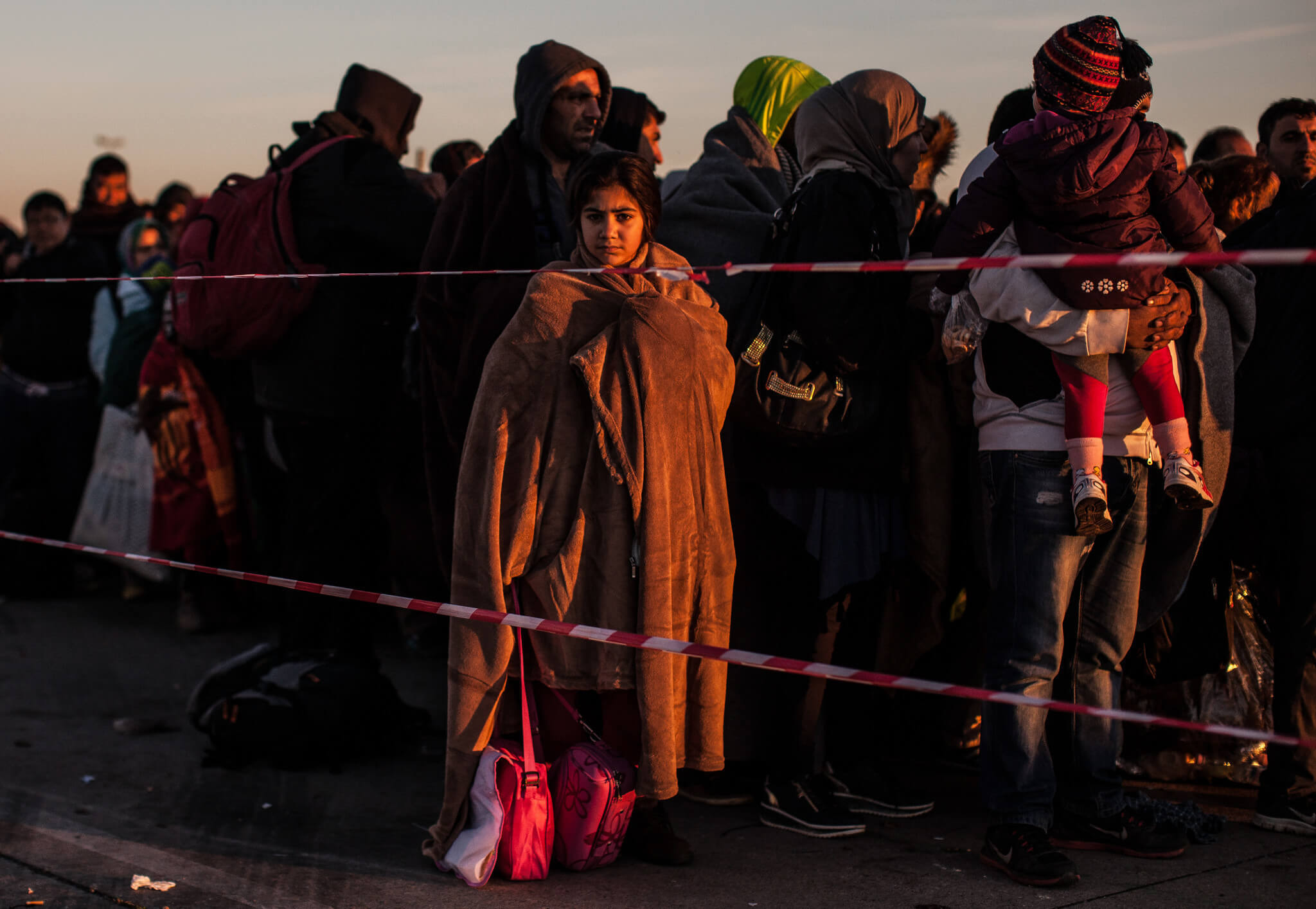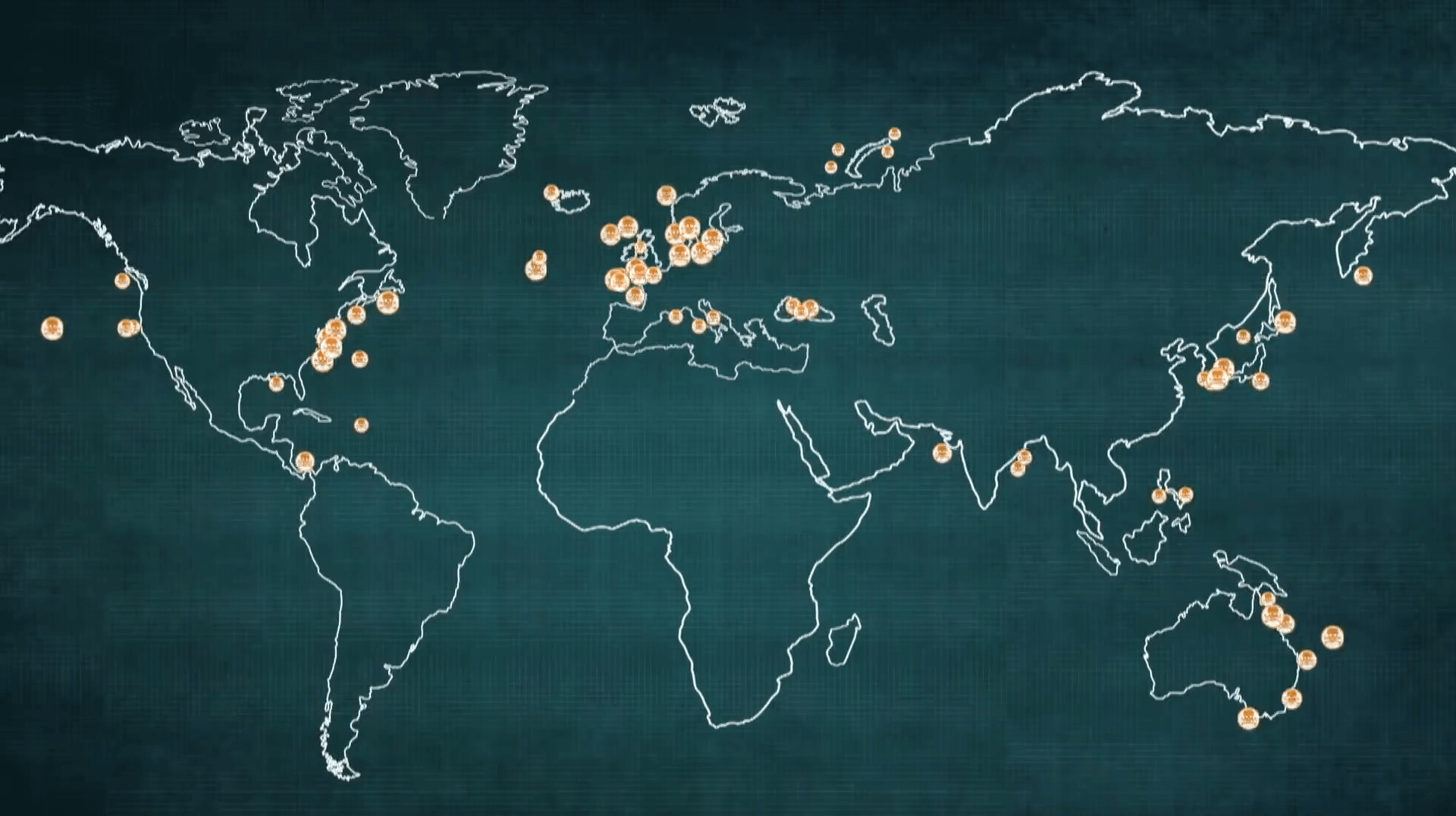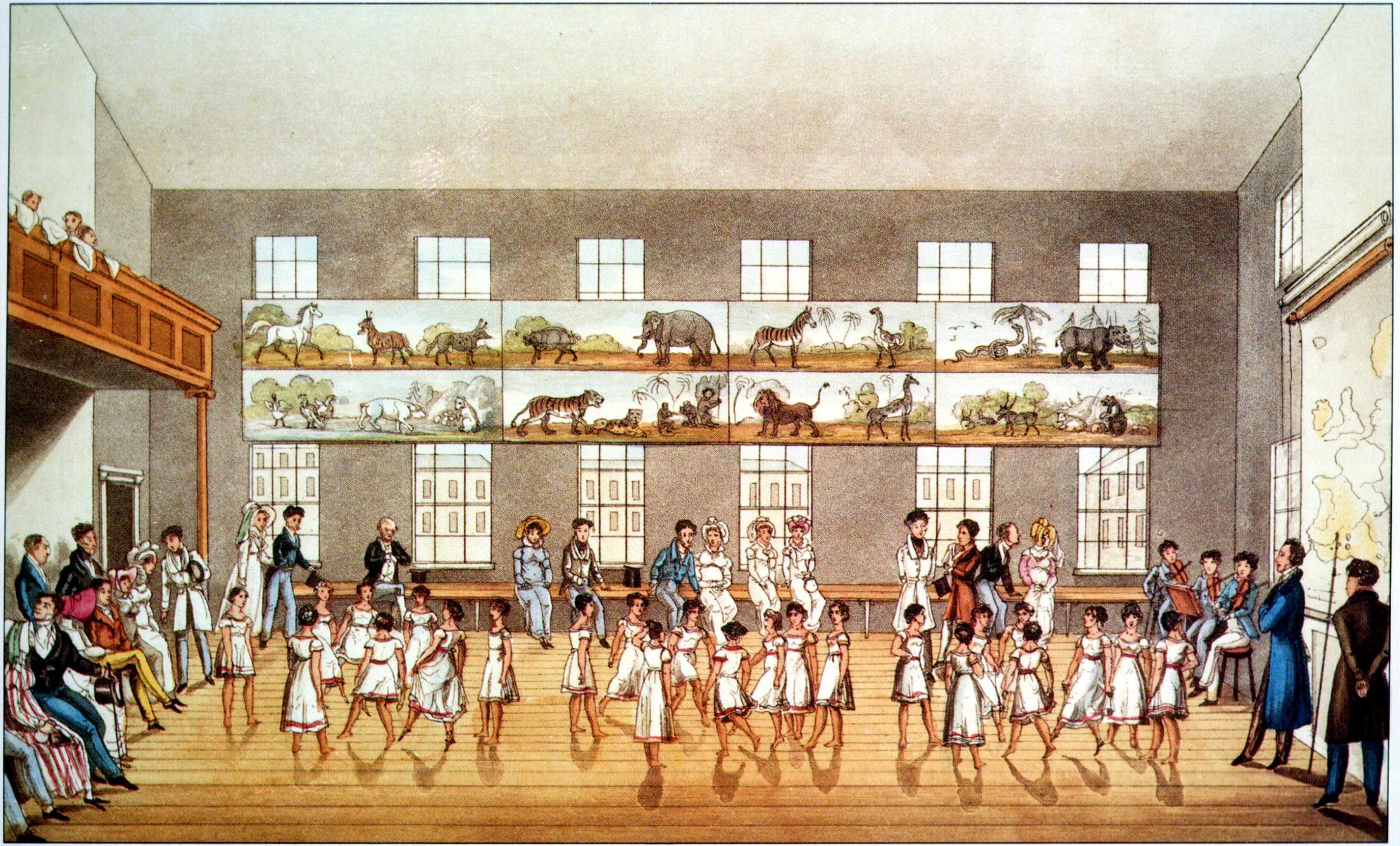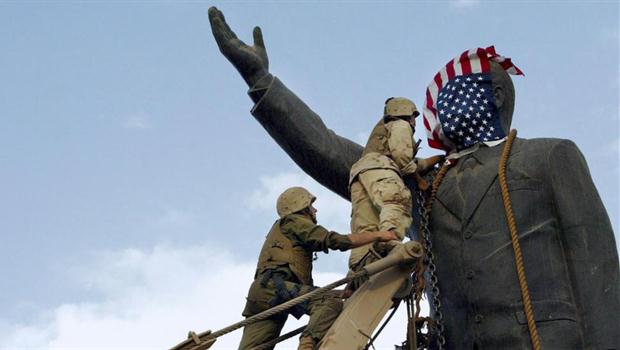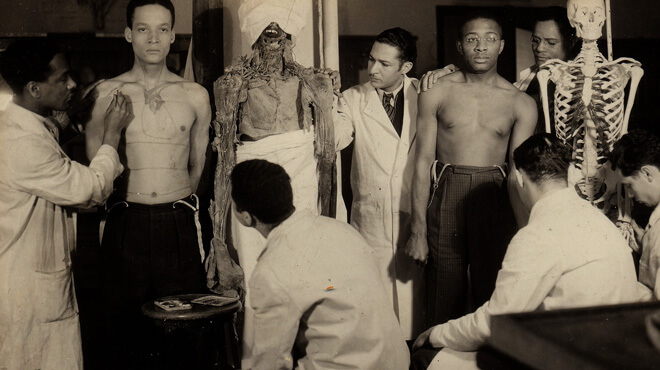description:
World War II In HD Colour is a 13-episode television documentary series recounting the major events of World War II narrated by Robert Powell. The show covers the Western Front, Eastern Front, North African Campaign and the Pacific War. The series is in full colour, combining both original and colourised footage. It was made by World Media Rights in 2008/2009.
The narration includes some inaccuracies and facts open to dispute. For example, the first episode claims that the 1937 Japanese attack on the USS Panay resulted in the death of 50, rather than 3, members of the crew. Episode 2 features a map of pre-war Finland that omits the parts of Karelia bordering Lake Ladoga and the Karelian Isthmus, and claims that independence was achieved in 1918 as opposed to 1917. The narration In Episode 5 suggests that the Japanese march on Port Moresby was only halted when US troops arrived to reinforce the Australians, when in fact US forces did not assist until the Australians had pushed the Japanese completely off the Owen Stanley Range.
Some of the colourised footage is inaccurate: German tanks shown at the beginning are green rather than grey, the UK troops’ brown khaki uniforms are wrongly colored green, and a green- on-green camouflage pattern shown on Spitfires was never used by the RAF, but rather should be green-on-brown.
episodes:
Just years after World War I, Germany and other nations are in an economic depression. Leader approval ratings of Germany, Italy, Japan and Spain are shallow, giving the rise to military dictators along with their parties. Years after Adolf Hitler becomes Chancellor of Germany, he and his generals plot the invasion of Poland.
The Germans develop a new military tactic known as Blitzkrieg. The Nazis use Blitzkrieg, dominating land and air warfare, allowing them to take Poland and conquer France in matters of weeks.
July 1940, Britain is standing on its last legs while being pummeled by Germany. Though Hitler has better soldiers and a more powerful air force, critical errors of the Luftwaffe allow Britain to regain strength and start pushing back.
After the unsuccessful attempt to defeat the British, Hitler focuses his attention on the Soviet Union. This proves to be quite a military gamble.
On 7 December 1941, the Japanese bomb the U.S. Fleet in Pearl Harbor. The United States officially enters World War II starting with the Pacific Front.
After success in North Africa and Greece, Allies push Benito Mussolini’s forces all the way back to Italy. Italy is then knocked out of the war, Mussolini is deposed, and the Allies start to put real pressure on Nazi Germany.
The Allies and the Axis are searching for a final blow to each other to end the war. While the Allies try out strategic fire bombing, Hitler tries cutting off American supply lines with submarines. Right now this is a stalemate.
After Hitler’s gamble in the East fails, failing to defeat Stalingrad and Moscow, the Soviet Union, with its vast resources and armies, starts to slowly push back and grow. Hitler is now on the defence on ⅔ of his fronts.
After careful planning and tremendous secrecy but more importantly the lack of Hitler’s attention, the Allies successfully breach mainland Western Europe through the Normandy landings. After thousands of lives are lost to the operation, the Allies are able to start the liberation of Western Europe.
The Allies are now on the offensive on all three fronts. As their forces push through Europe soldiers start uncovering Hitler’s death camps. This was the Allies’ first concrete knowledge of the Holocaust.
An aggressive war is being waged against the Japanese. The United States is now starting to use a new tactic of island-hopping, resulting in the slow crumbling of the Japanese air force and navy.
From three sides, the British, Americans, and Soviets are starting to shred through what is left of the Third Reich. As the Nazi forces see their final days, Hitler commits suicide, and the Allies begin dividing up Europe.
The Americans wipe out Japan’s air force through a strategy of island-hopping. As the Americans face the decision of what to do with mainland Japan, President Truman calls to bomb Hiroshima and Nagasaki with nuclear weapons. Japan had no choice but to surrender, and the Cold War begins.

